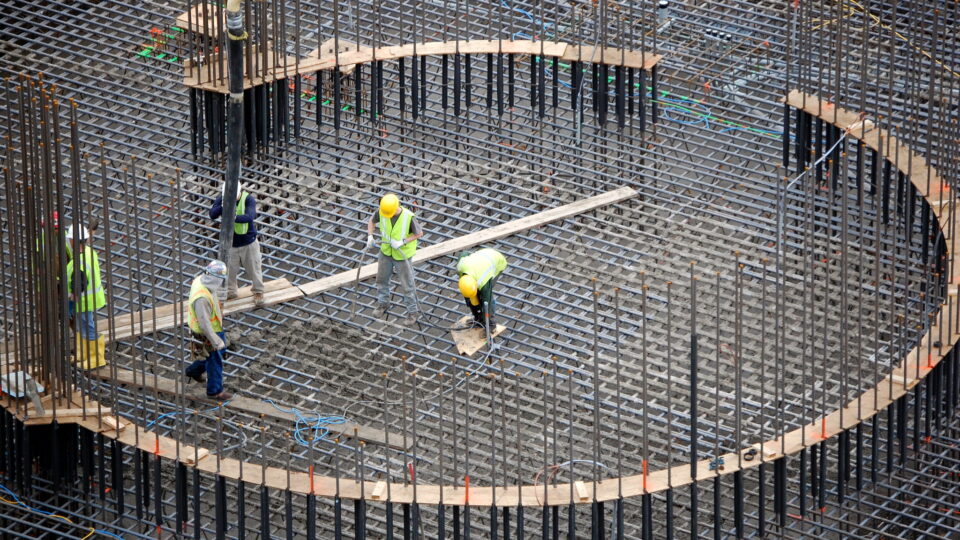Reducing the amount of carbon dioxide entering the atmosphere means either shutting down emission sources (primarily curbing the use of fossil fuels) or capturing the CO2 as it is emitted. Capturing carbon dioxide from smokestacks and other point sources with high concentrations is relatively efficient and can make economic sense. Removing it from the air, which even at today’s dangerously high levels contains only 400 parts per million, is difficult and energy intensive. And even when it is removed, it then must be stored somewhere.
Researchers at Lehigh University have developed a novel way to capture carbon dioxide from the air and store it in what is effectively the infinite sink of the ocean. The approach uses an innovative copper-containing filter that essentially converts CO2 into sodium bicarbonate (better known as baking soda.) The bicarbonate can be released harmlessly into the ocean.
This technique has produced a 300 percent increase in the amount of carbon dioxide captured compared with existing direct air capture methods. It does not require any specific level of carbon dioxide to work. The filter becomes saturated with the gas molecules as air is blown through it. Once this occurs, seawater is passed through the filter and the CO2 is converted to dissolved bicarbonate. Dumping it into the ocean has no adverse effect on the ocean. It doesn’t change the salinity at all, and the stuff is slightly alkaline, which will help reduce ocean acidification.
Reusing the filter requires cleaning it with a sodium hydroxide solution, which can be created from seawater using electricity generated by waves, wind, or sun.
The filter, called DeCarbonHIX, is attracting interest from companies based in countries around the world.
**********
Web Links
Path to net-zero carbon capture and storage may lead to ocean
Photo, posted March 10, 2007, courtesy of Gail via Flickr.
Earth Wise is a production of WAMC Northeast Public Radio


